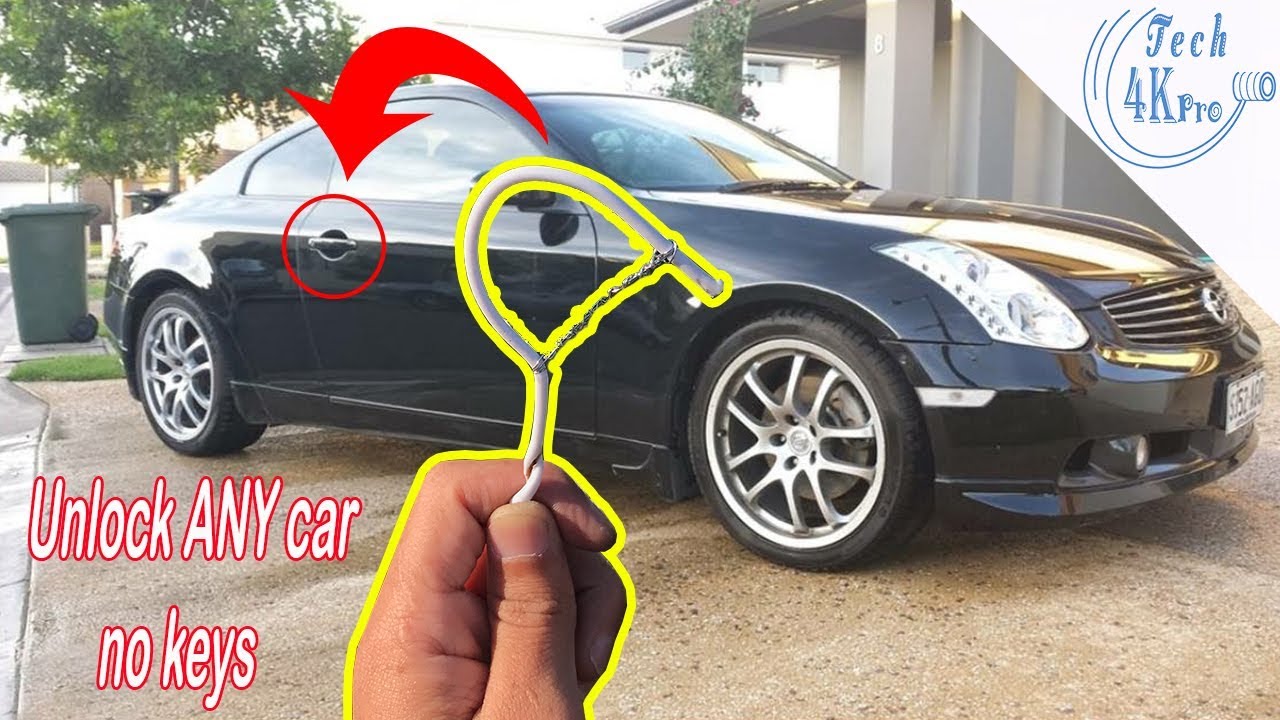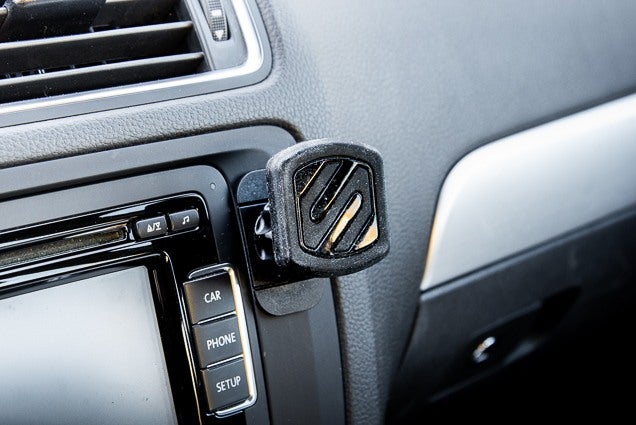
There are a variety of car phone holders available on the market. These accessories can be categorized into three types: magnetic, sticky pad, and suction cup. We will discuss each type and the pros and cons. This article will help determine the right mount for your needs. Before making your final purchase, make sure you read through the reviews.
Suction cup
A suction cup car phone holder is a great option if you own an iPhone. These mounts are very convenient as they don’t require any tools to be installed and can be easily moved from one location to another. These suction cup phone holders are affordable and durable. However, you should keep some important points in mind before purchasing one. These car phone holders have many benefits and disadvantages.

Magnetic
Magnetic car phone holders are designed to hold cell phones in place when parked in the car. Unlike other types of car phone holders, these do not leave a metal plate on your phone, which can ruin the look of your phone. Wireless charging works well with them, though the metal plate might interfere with wireless connectivity. You should ensure that you purchase the correct type for your needs. These are some suggestions to help you select the right magnetic phone holder.
Sticky pad
Sticky pads are a good choice among all the car phone holders. The sticky pad is adjustable so your phone can be placed in a horizontal or vertical position. It can hold larger phones without falling apart. The pad is held in place by water. It can be used to store sunglasses and change.
Universal
Universal car phone holders are a great way to keep your smartphone secure and safe while driving. These holders are compatible with all models of smartphones and can reduce view obstruction. Mounting arm can be adjusted to fit a variety of phones from small to large. In addition to holding smartphones, they also work great with GPS devices, MP3 players, and PDAs. The mount is very simple to install. The mount is easy to install.

Cup holder
This Cup & Phone Organizer can be your perfect cup holder. It fits most cup holders. Its rotatable grip holds even the largest smart phones available in the market. The adjustable neck allows for easy adjustment of the viewing angle. This car accessory is also compatible with golf carts, boats, RVs, and rental cars.
FAQ
How long does an automotive course take?
A three-year course in automotive is required.
The first year of your training is devoted to theory. You will learn all about cars. The second year is dedicated to practical training, where you will learn how to fix cars, drive them, and do other jobs around the car. The last year is spent at a local shop, where you will get practical experience with real-world problems.
Are you a mechanic or a technician? What about part-time study?
While a degree is not required, it does help. Employers prefer applicants who have completed a full-time degree. It shows that you've worked hard and are determined to succeed.
It doesn't mean that you can't work while you study. Some universities allow students the flexibility to finish coursework during summer vacations and resume their studies later in year. Others let students take classes part-time throughout the year.
What qualifications do I need to become a mechanic?
To become a mechanic, you'll need to pass a series of exams. These exams include:
-
A general knowledge exam
-
A practical exam
-
An apprenticeship test
These tests will ensure you are familiar with the fundamental concepts of mechanics and physics before starting to work as a mechanic.
Once you pass these tests you can become a mechanic. However, you'll still need to complete an apprenticeship. This will involve trade training.
To be able to repair vehicles, you'll need classes or workshops. Additionally, you will need to work with experienced mechanics.
You'll need a high level of concentration and attention to detail if you want to succeed as a mechanic. You will need to pay careful attention to every aspect when repairing vehicles.
To be a successful mechanic, you will need patience and perseverance. If you don’t like following directions, then this career path may not suit you.
You could make a great career out of your love for cars and the work that goes into fixing them.
How long does a good mechanic take?
A mechanic is only an expert if they have years of experience. You can learn the most effective way to fix cars by learning from a professional mechanic.
You will spend time in a workshop learning everything you can about cars. It is important to get familiar with the mechanics of cars and engineering.
Auto school is also required.
It's crucial to start as soon as possible. Do not wait to learn automotive technology. Start studying automotive technology now to become a mechanic.
How long does an apprenticeship in automotive mechanics last?
A three-year apprenticeship in automotive mechanics takes. It includes two years of school and two years as an apprentice. The first year is spent learning all aspects of the trade, including theory, practical skills, and safety procedures. This year, you will also learn how to safely and efficiently use tools. You'll spend the second year in on-the-job training, where you will gain experience in various trades. You'll have the opportunity to attend formal courses during these periods too.
The last year of your program will be spent earning qualifications and becoming certified. These include NVQs or National Vocational Qualifications. These are earned after passing exams that cover specific topics in the industry. In addition, there are HNCs (Higher National Certificates) that cover general subjects such as management, business administration, and customer service. City & Guilds certificates offer qualifications in certain trades.
Does it really matter what college I choose?
Not really. There are no differences between colleges when it comes to getting into the automotive industry. But, there are better programs at some schools than others. Look elsewhere if you want something more niche.
Statistics
- 52% of Mechanics in the United States think their salaries are enough for the cost of living in their area. (indeed.com)
- The U.S. Bureau of Labor Statistics (BLS) reports that the job outlook for automotive service technicians and mechanics is expected to decline by 4% from 2019 to 2029. (indeed.com)
- Apprentice mechanics earn significantly less hourly than mechanics who have completed training, with a median wage of approximately $14.50 an hour, according to PayScale. (jobhero.com)
External Links
How To
How to correctly diagnose your vehicle for repairs
First, look at the symptoms of your car to determine if it needs repair. Follow these steps to properly diagnose your vehicle.
-
Check engine lights. Check the dashboard light indicators such as the engine light indicator, the oil pressure gauge, the battery light indicator, the coolant temperature gauge, and the RPM gauge. If any of these indicators have been flashing continuously for several days it could mean that there is something wrong with your vehicle.
-
Take a look at the treads. Tires that are worn can cause issues with handling and braking. The treads of the wheels should be inspected as well. They should be clean, and they should be smooth. To do this, remove the wheels and take them out. Use a flashlight to see how well the treads are worn.
-
Pay attention to the level of your brake fluid. It is important to keep track of how much brake fluid you have in your car. This will ensure your brakes function properly. Low brake fluid levels can cause brake failure when you apply pressure.
-
The suspension system should be tested. Vehicles usually have a suspension system that helps absorb shocks and vibrations while driving. It allows for better control, smooth acceleration, and deceleration. If your vehicle has a suspension problem, it might feel wobbly or shake uncontrollably. You can test if your vehicle has a suspension problem by putting weight on either the front or back axle to see how it moves.
-
Examine the steering column. Steering columns are used to connect the steering wheel to the rest of the vehicle's components. Many accidents can cause damage to steering columns. You should replace your steering column if it feels loose or unstable.
-
Pay attention to the exhaust pipe. The exhaust pipes transport gases from the combustion chamber to outside. If your exhaust pipe leaks or cracks, it will allow harmful fumes into your cabin. You should also fix any bent tailpipes immediately.
-
Look under the hood. To check for unusualities, look under the hood. Leakage of fluids in your engine could indicate that it is leaking. If you smell something strange coming from your engine compartment you should call a professional technician.
-
Make sure to check the air filter. The outside environment collects dust and other particles in the vehicle's filter. A dirty air filter causes your vehicle to run poorly. Replace your air filter regularly.
-
Check the fan belt. The fan belt is the link between the engine and the transmission. If it breaks, the engine won't turn over. It is easy to replace the belt. All you need is a screwdriver and some pliers.
-
Check the radiator hose and hoses. The radiator hose is used to carry water from the radiator to your engine. It can become cracked or damaged and leak hot liquid onto your engine. To repair the leaky hose, all you need is a pair if needle-nosepliers.
-
You should inspect the windshield wipers. Windshield wipers use electricity to remove snow and rain. If they stop functioning, they can leave streaks in your window glass. To fix the problem, simply change the washer fluid.
-
Make sure you check the cables. Batteries provide power to electrical systems inside your car. If you are replacing batteries, disconnect the negative cord first. Failure to do so can damage your alternator.
-
Make sure your headlights are working properly. The headlights will illuminate the road ahead. It can lead to poor visibility if they aren't working properly. To determine if your bulbs are out of date, check them.
-
Check the lights. The lights are there to warn other drivers if they approach you at night. You could be distracted and cause an accident if one does not work.
-
Check your brakes. Brakes slow down your vehicle before a collision. If the brakes fail to work correctly, your car could lose control and collide with another vehicle.
-
Change the oil. The oil keeps your engine well lubricated. It prevents metal parts from rusting too quickly. It is recommended to change the oil each month.